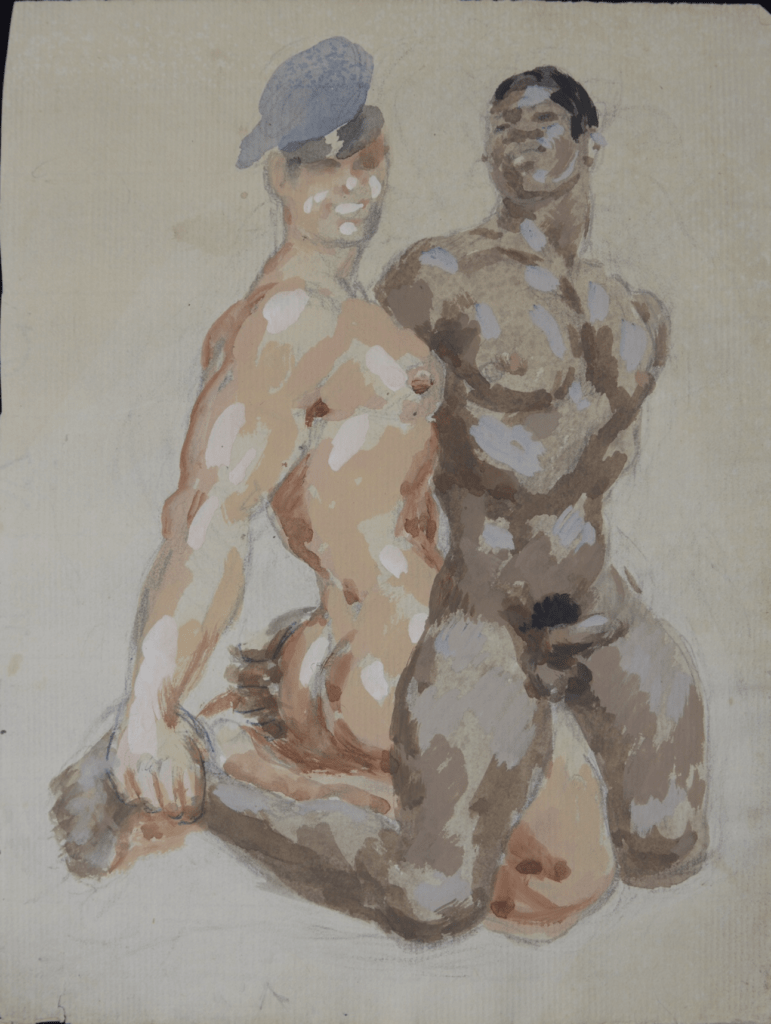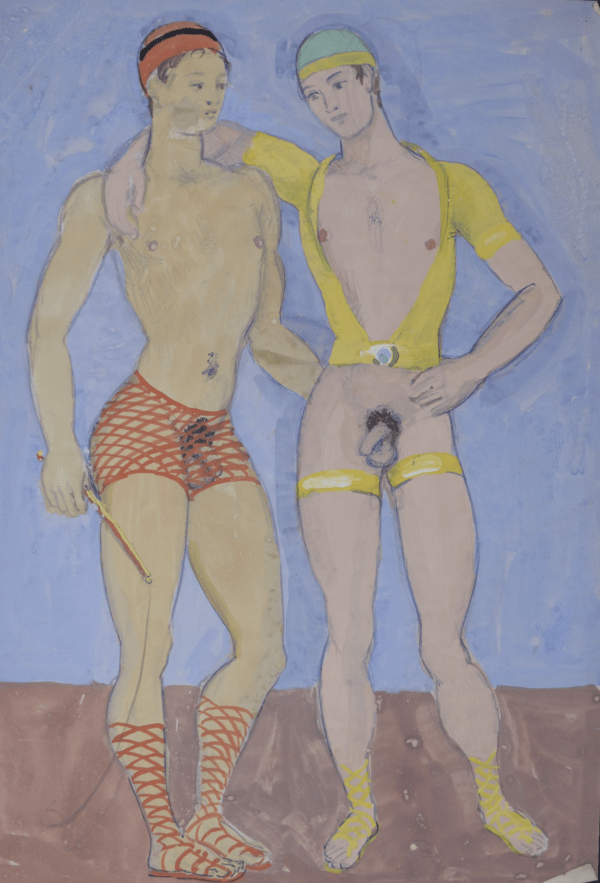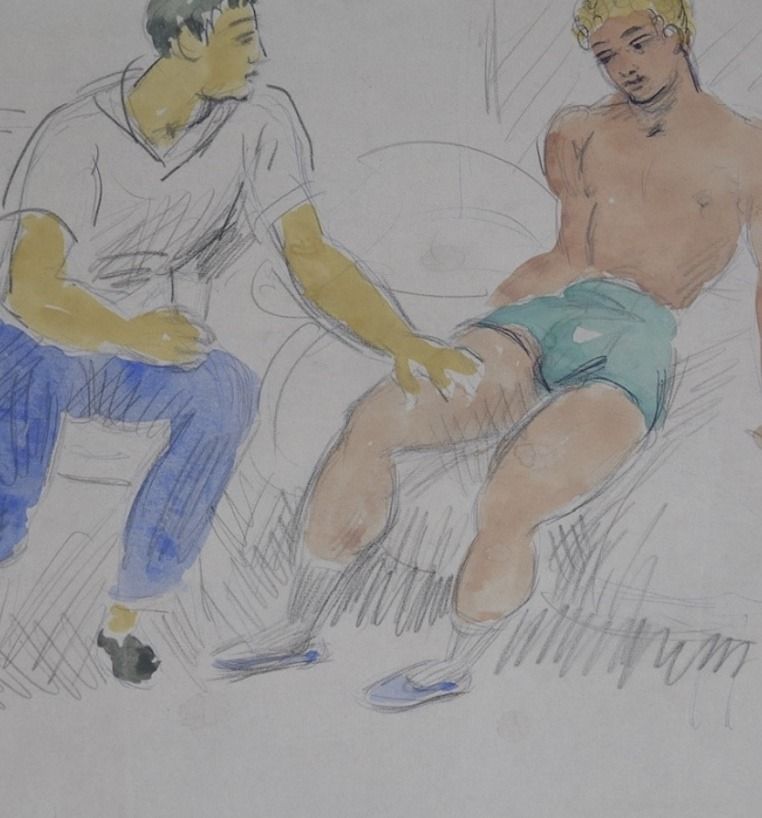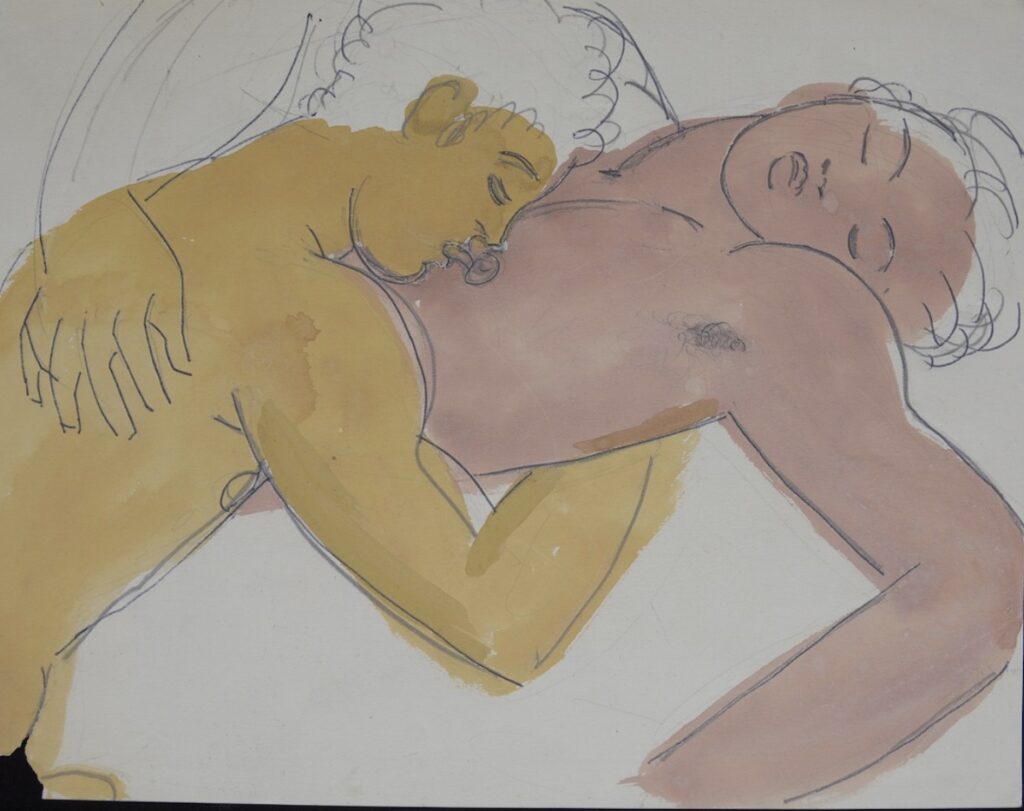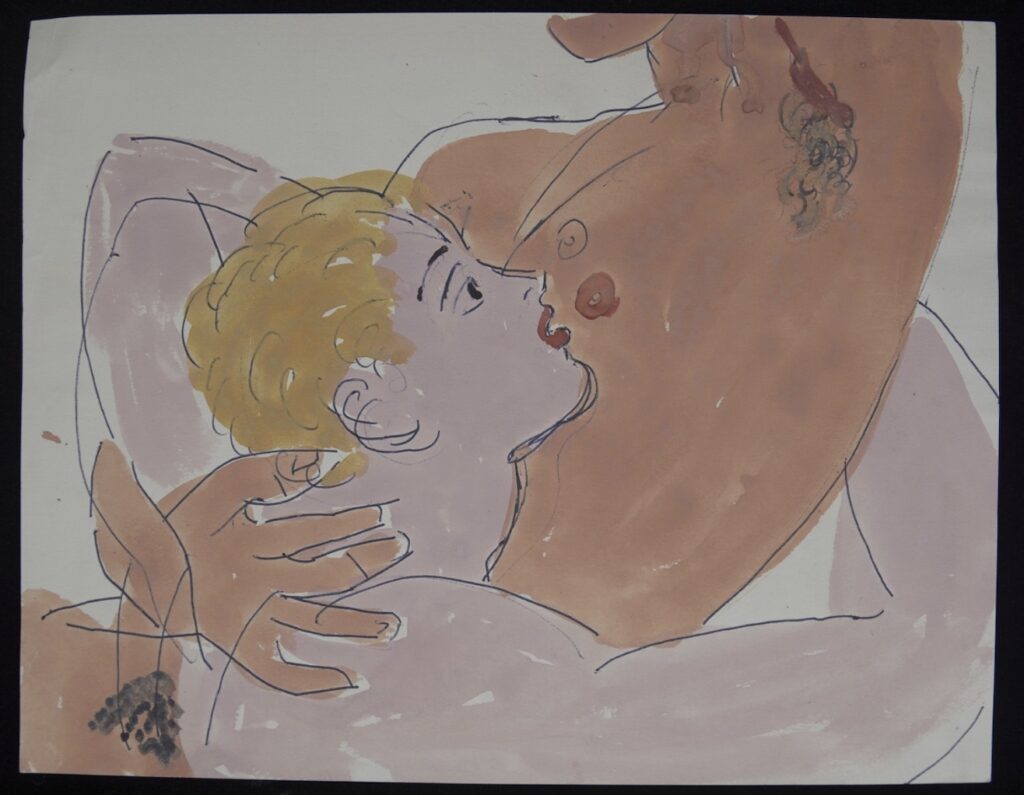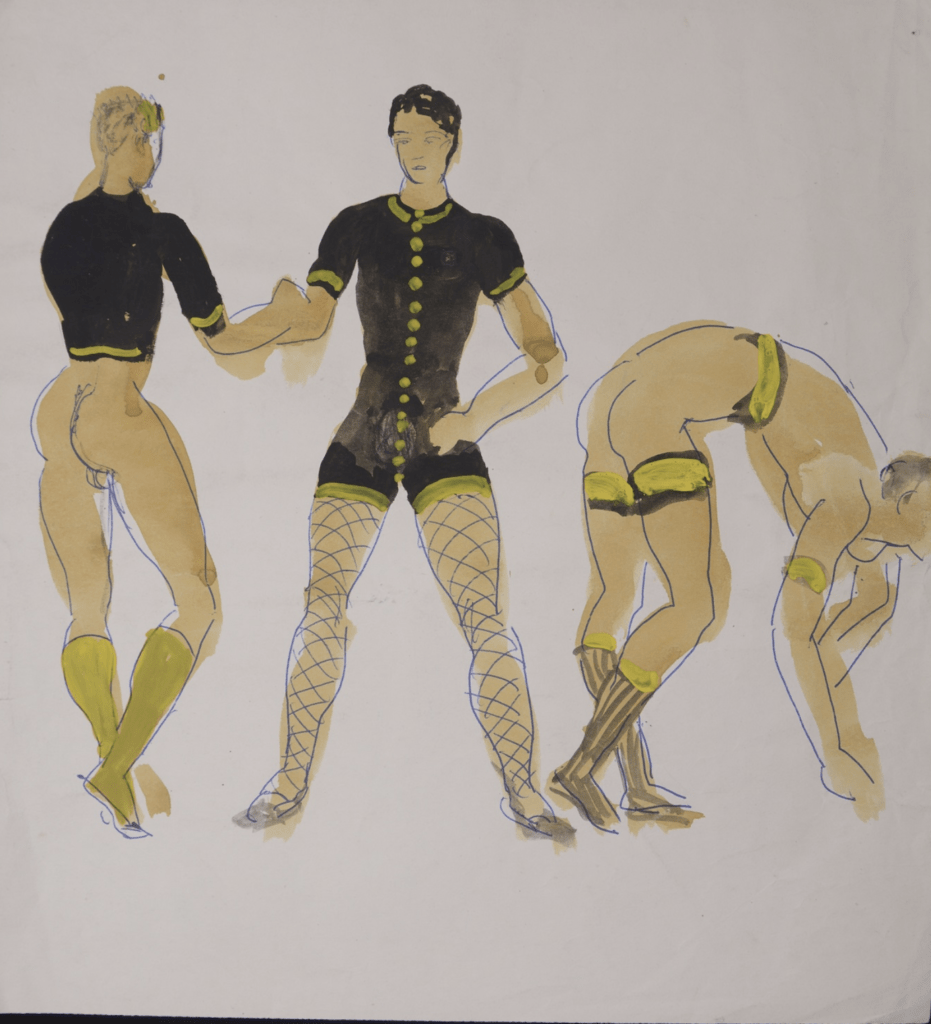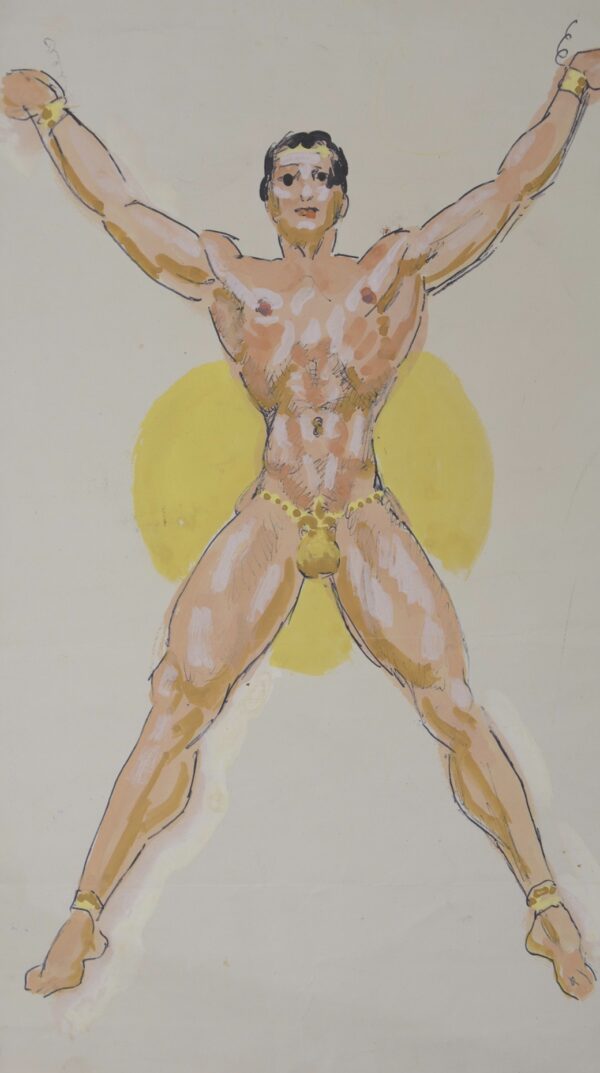100 Heroes: Duncan Grant
The gay man who became one of the key figures in the Bloomsbury Group.
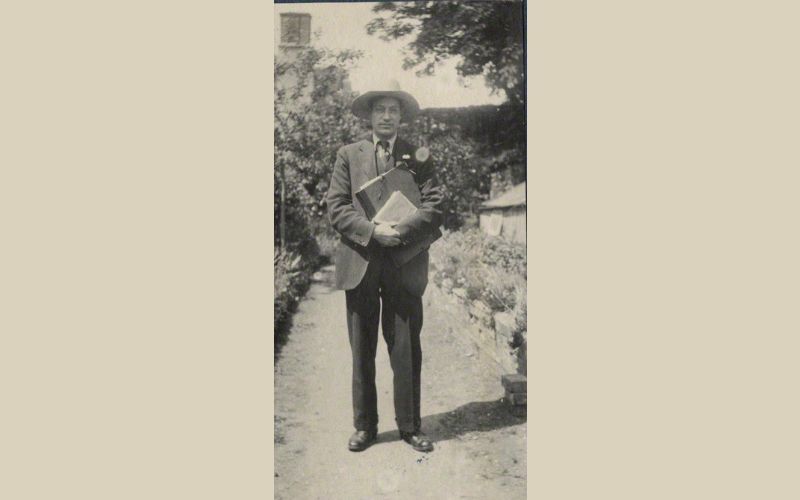
Duncan Grant was a British painter and designer of textiles, pottery, theatre sets and costumes. He was a key member of the Bloomsbury Group.
Early life
Grant was born in 1885 in Scotland.
His father was a major in the army, and much of Grant’s early childhood was spent in India and Burma.
Between 1887 and 1894, the family lived in India and Burma - returning to England every two years. During this period Grant was educated by his governess.
He showed an early aptitude for art and painting, and he went on to study at Westminster School of Art.
Bloomsbury Foundations
In 1909, Grant moved to 21 Fitzroy Square, where he occupied two rooms on the second floor of the building on the west side of the square. A few doors away, at 29 Fitzroy Square, lived Adrian and Virginia Stephen (later Virginia Woolf). Grant became close friends with Adrian Stephen and spent a lot of time at their house.
The collection of friends that centred around Virginia Woolf - included artists, writers, biographers, art historians and economists - became known as the Bloomsbury Grouop.
Career in art
Grant is best known for his painting style, which developed in the wake of French post-impressionist exhibitions mounted in London in 1910. He often worked with, and was influenced by, another member of the group, art critic and artist Roger Fry. As well as painting landscapes and portraits, Fry designed textiles and ceramics.
Personal life
Grant’s contemporaries were well aware that he was a gay man. His lovers included his cousin, the writer Lytton Strachey, the future politician Arthur Hobhouse, and the economist John Maynard Keynes. Later relationships included David Garnett, and Paul Roche.
Grant also had a long friendship with Vanessa Bell, and they lived and worked together for an extended period.
Charleston
To avoid conscription in WWI, Duncan Grant and his then-lover David Garnett moved to Suffolk to live on a farm called Charleston. Vanessa Bell and her two young sons, Julian and Quentin, moved to Suffolk with them.
Vanessa's husband, Clive Bell, also spent considerable time at Charleston and was financially supporting their stay at the property.
Charleston became a gathering point for the Bloomsbury group. The home of Duncan Grant and Vanessa Bell was one of the key spaces where they came together to imagine society differently in a place where art and experimental thinking were at the centre of everyday life.
After the end of WWI, Duncan Grant and Vanessa Bell continued to make Charleston their home - although they also spent time in London.
After Duncan Grant’s death in 1978, The Charleston Trust charity was set up to restore and maintain Charleston. The house and garden has been open to visitors since 1986.
Erotic art
As well as the paintings that he exhibited publicly, Grant also created an extensive range of erotic artworks celebrating sex between men.
Drawn during the 1940s and 50s - when sex between men was still illegal in England - these private drawings by Grant were passed down through personal connections, and have only recently been exhibited. They now form part of the collection of the Charleston Trust.
